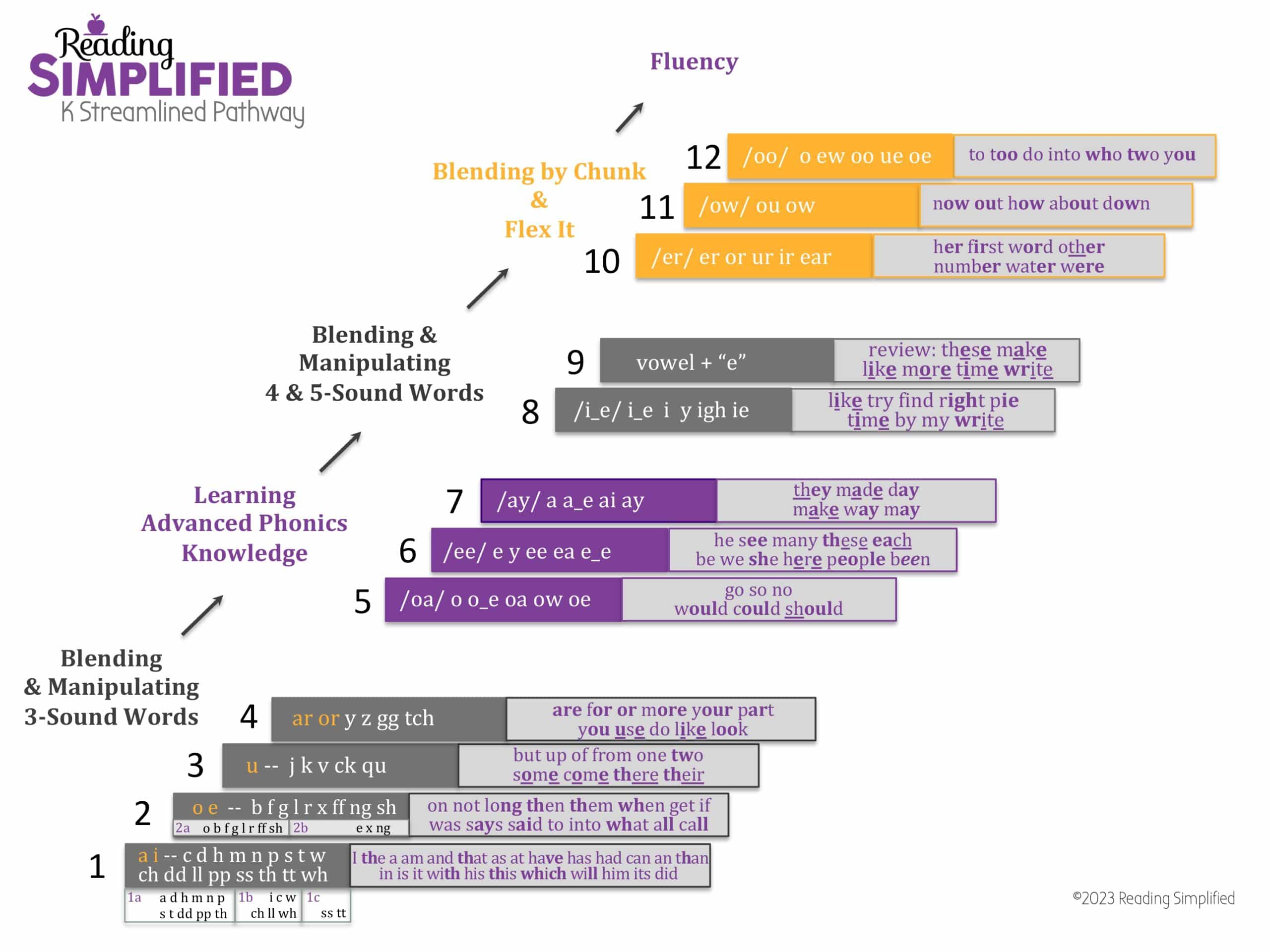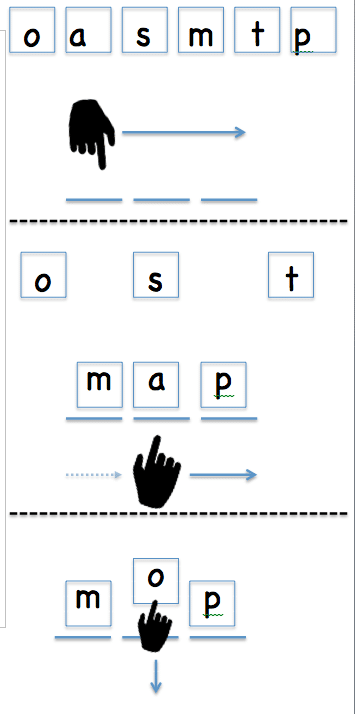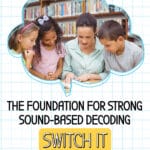
The Perfect Reading Skill Recipe
This may be a familiar recipe most first-grade teachers strive to perfect when developing a classroom full of readers:
A dash of phonemic awareness, a larger measure of phonics, sprinkled with sight word games, simmered with an engaging read aloud, but not neglecting the obligatory 10 minutes in a writing journal.
Does the careful mixing of these many reading skills make a strong reader?
In many cases, yes! When that happens, it is delicious.
However, if we examine reading outcomes such as the National Assessment of Educational Progress (NAEP), just a few years later in 4th grade the outcomes for over 30% have turned sour.
This batch of readers does not demonstrate even basic reading achievement. 🙁
Bitterness and dis-engagement often follow fast upon repeated disappointed with learning to read.</p
Tragically, each year the distance between the reading “haves” and “have-nots” grows larger.
A Better Way To Teach Reading Skills
What if we have forgotten to stir the ingredients and haven’t really finished the dish?
Might an approach that integrates phonemic awareness, phonics knowledge, high frequency word practice, spelling, and writing boost reading outcomes?
As Dr. Nell Duke refers to this integrated approach, it’s about instructional simultaneity–teaching multiple foundational skills simultaneously rather than in isolation.
With child after child, from beginners to strivers, we do find that an integrated approach to the foundational reading skills prepares great readers.
Integrate Don’t Isolate – Switch It
Rather than teaching
- 10 minutes of phonemic awareness
- 20 minutes of phonics instruction, and then
- 15 minutes of handwriting and spelling instruction,
integrate these reading skills into one 5 – 10 minute instructional activity.
Recent research by Drs. Devin Kearns and Melissa Stalega has examined whether there is any benefit to teaching phonemic awareness alone, highlighting how integration may be more effective.
What does that look like?
One of our favorite fully integrated activities is called Switch It. This is what it looks like:
Or, here's another visual on the Switch It procedures:
- The teacher calls out a switch,“Switch ‘map' to ‘mop.'”
- Then the student makes the switch and says each sound as she moves each letter-sound tile/card:
“/o——/” - After she creates each new word, she segments, or separates, each sound in the word:
“/mmmmm/ /o—–/ /p/……'mop.'”
A Switch List for a beginner might look like this, with CVC (consonant-vowel-consonant) words:
map
mop
top
tap
sap
sat
Sam
While a slightly more advanced student might be challenged by this with some CVCC words:
rich
which
whip
tip
tin
ten
tent
sent
set
Here's a beginning reader, who is four, learning more about phonics information and phonemic awareness in the video below.
Notice how he is able to manipulate sounds in the easier CVC (Consonant-Vowel-Consonant) level, such as “chick,” but then demonstrates a leap forward by also manipulating the harder CCVC (Consonant-Consonant-Vowel-Consonant) word: “prick.”
One Activity Teaches Multiple Subskills Simultaneously
What skills do the children practice when they manipulate these letter-sound cards and say their sounds?
Several, you say?
Yes! Here are some of sub-skills that were addressed by just this one integrated activity:
- Phonemic segmentation
- Phonemic manipulation
- Consonant letter-sound knowledge
- Short vowel letter-sound knowledge
- Decoding
- Spelling
- High Frequency word analysis
- Connections between word identification and vocabulary
- Concept of the alphabetic principle.
Notice these multiple sub-skills were integrated and practiced simultaneously, and in short order….hmmm…does that pun work with short order cook? 😉
If you'd like a more scholarly dive into this activity and its benefits, read this article written by Bruce McCandliss, Isabel Beck, Rebecca Sandak, and Charles Perfetti.
These researchers term what we call Switch It a “Word Building” technique, but the gist of the activity is very similar.
For a practical application of this research for learners that aren’t quite ready for Switch It, see our post on Build It , another activity that integrates these essential skills seamlessly.
With just this simple activity, these researchers demonstrated significant growth in phonemic awareness, decoding, and even….comprehension. Yep!
Benefits of an Integrated Approach
An integrated approach not only establishes a robust foundation for sound-based decoding – it also offers these additional benefits:
- Saves time.
- Provides the pivotal transfer ability necessary for the child’s independent reading skills the next day and week.
- Develops the phonemic (sound-based) decoding precision necessary to be a strong reader and speller.
So, you want to be a better cook?
Re-examine your recipe.
Consider your scope and sequence and the isolated sub-skill after sub-skill tack.
Perhaps make a more effective, and efficient product if you mix phonemic awareness at the same time you teach decoding and letter-sound knowledge.
Again, this aligns with Duke and colleagues' chapter on instructional simultaneity, ensuring that no skill is left isolated from the others.
We follow a 1-page Streamlined Pathway that guides our thinking in a scope-and-sequence kinda way.
For example, in the first, bottom-left section, we teach multiple, integrated sub-skills: consonants, short vowels, phonemic awareness (all types), decoding, and high frequency words. All in just a couple of activities such as Switch It.
[See this post about Blend As You Read for our other early main activity that integrates multiples skills simultaneously.]

After working with hundreds of students and watching others work with thousands of students, we testify that students learn to read more rapidly and easily with an integrated approach.
And, the National Reading Panel demonstrated the value of this key ingredient to word identification when they noted greater impact from phonemic awareness integrated with letter-sound instruction.
Continued Research Confirmation for Integrating Phonemic Awareness Instruction with Letter-Sounds
We now have powerful confirmation from the latest research on phonemic awareness that activities that combine sound-symbol decoding with rapid, playful practice are key to success for young readers.
I originally wrote this blog on integration in 2016! In my new post on The Latest Insights on Phonemic Awareness Research 2024 , I delve into how understanding phonemic distinctions helps children crack the code of written language far faster than traditional approaches alone.
Activities like “Switch It” don’t just drill sounds—they weave multiple reading processes together, allowing students to improve both decoding and fluency in tandem.
One of the most effective strategies we've implemented at Reading Simplified is to release the code quickly, helping students grasp letter-sound connections without long delays.
By integrating phonics and phonemic awareness early on, we get kids into real text faster, making the learning process more engaging and effective for them.
As the science shows, it's not just about rote learning—it's about giving learners the tools to as Share terms it, “self-teach” as they recognize more and more patterns in words.
The latest findings show that phonemic awareness is foundational, and combining it with phonics in playful, integrated ways—like the methods we promote with Switch It—yields faster, more robust reading gains.
This aligns perfectly with what we've observed in our classrooms, where children quickly move from basic decoding to transitional texts, giving them early reading success and motivation.
For a deeper dive into how this approach works, and how it’s backed by the latest research, check out my blog here blog with the latest insights where I explain how we’re streamlining these strategies to maximize reading growth and always have!
Your Turn!
Please select a student and try the Switch It approach with him/her.
A list of words will make it easier to get started….Download our FREE Switch It packet below to jump-start your students' decoding!
Please report back here with what you found after trying Switch It. What have you discovered?






Switch is a variation of an activity i learned in pathways to reading phonemic awareness program. It is very effective for students with dyslexia.
Yes! Thanks for commenting Shana!